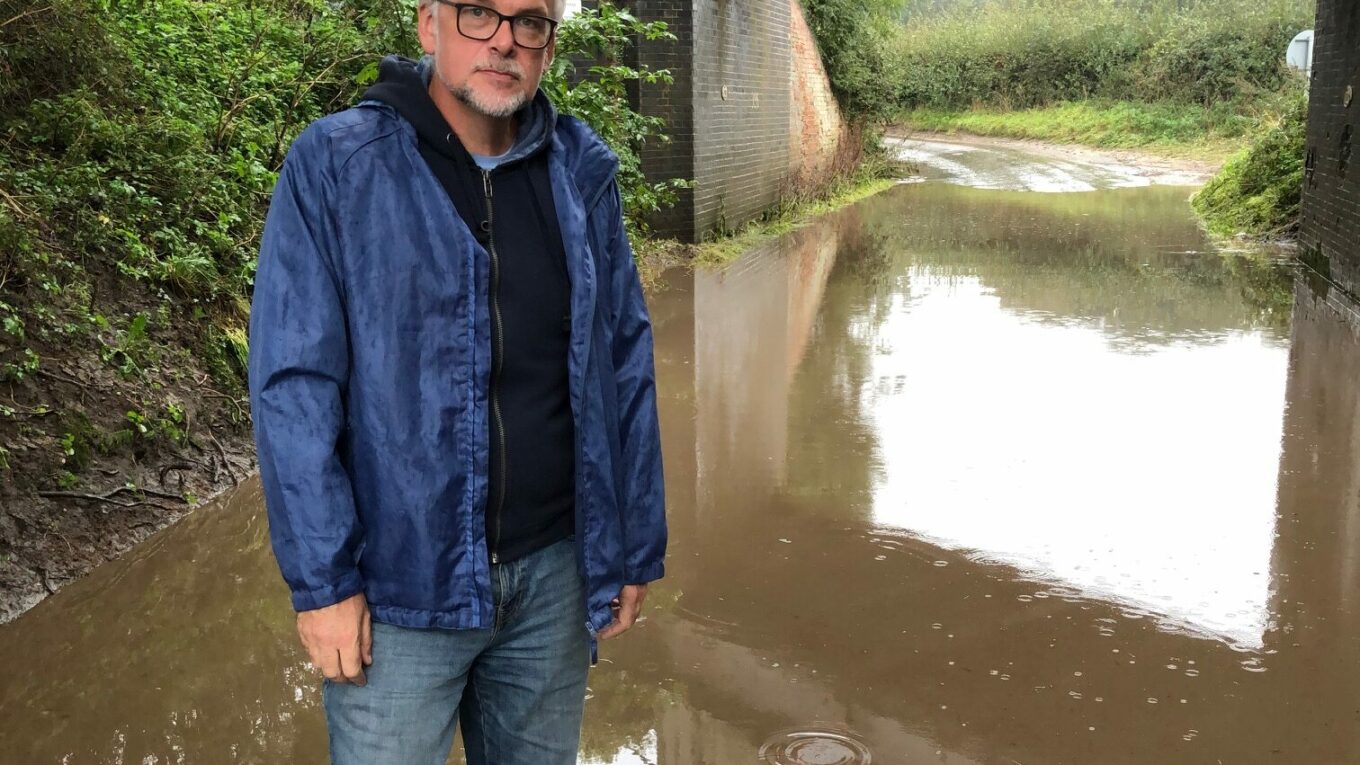Tackling flooding: we need to invest in the team and listen to local people
Two years ago I asked the leader of Norfolk County Council why the county’s plan for tackling flooding was so out of date. I’m glad to say that it has now been updated but I am worried that it still needs more resources. And it needs a major shift towards talking with and listening to local people about their priorities.
The new flood management policy came before the County Council’s Scrutiny Committee this week. I asked the following question:
Question from Cllr Ed Maxfield
The Flood Management Team worked hard in response to the December flooding event. I only heard positive comments locally about how it was handled at the time. However, has the event exposed the need for more resources to be invested? I do hear that dealing with the results of the December flooding is still affecting the team’s ability to tackle other work. Do we also need clearer lines of accountability following the adoption of a new Flood Management Strategy: the workings of the North Norfolk Surface Water Steering Group remain opaque to me and their web page only lists two flood reports, one of which is not in North Norfolk.
Response by Chairman of Scrutiny Committee
On the 12th of January 2021 Cabinet agreed to invest £650,000 in additional revenue and capital funding to increase the resource in the Flood and Water Team, to cover urgent repairs on the highway network caused by floodwater damage, and to repair existing drainage systems. A further £1.5m has been allocated in 2021/22 for a Flood Reserve to assist with flood related issues. The Cabinet also agreed to set up a task force to work with MPs and other stakeholders to ensure that the Environment Agency develops comprehensive, costed and funded plans to meet the challenges as set out in the recently published national strategy for England. The Council will also be developing a “memorandum of understanding” with other organisations who are key stakeholders in flood events (e.g. Environment Agency, Internal Drainage Boards, Anglian Water, other councils etc) to set out respective responsibilities, and a framework to help support and deliver common objectives and potential pooled funding in terms of how we collectively respond to and manage flooding events. Additionally, when the Council prioritises and progresses flood risk mitigation studies in areas of local flood risk, stakeholder groups are formed that include the Districts, Anglian Water, local Internal Drainage Boards and other relevant stakeholders to assist the identification of flood risk issues and their potential solutions.
I welcome the extra money but I said to the committee that we shouldn’t be dazzled by big numbers. Is that really enough to do the job properly. And for me, the critical point is the need to involve local people in setting priorities. In a separate reply to me, the manager of the Flood Management team admitted that the North Norfolk Steering Group is ‘inactive’.
The new flood management strategy add three new priorities for the County Council to follow. Two relate to carbon reduction and tackling climate change – I welcome that. The third talks about local engagement with communities. I asked the head of the department how Parish Councils can get involved in that and he admitted they haven’t worked that out yet. I will keep pushing them for an answer.
Oh, and as my colleague Independent District Councillor Angie Fitch-Tillett will tell you, the County Council has a very poor record of engaging with the groups whose job it is to protect our coastline from erosion and flooding.
The experts tell us we will face more problems with flooding in the future because of climate change. I want to make sure local voices from North Norfolk are heard as flood management priorities are set.
Finding out more
You can watch the discussion in Scrutiny on YouTube here. My question is near the start of the broadcast and the discussion follows shortly afterwards.
The report and the questions for the meeting are here.
Frustratingly they haven’t added the new policy to the Flood Management webpage (at the time of writing) but you can find it here. Go to page 87 on the Cabinet agenda to read it.

